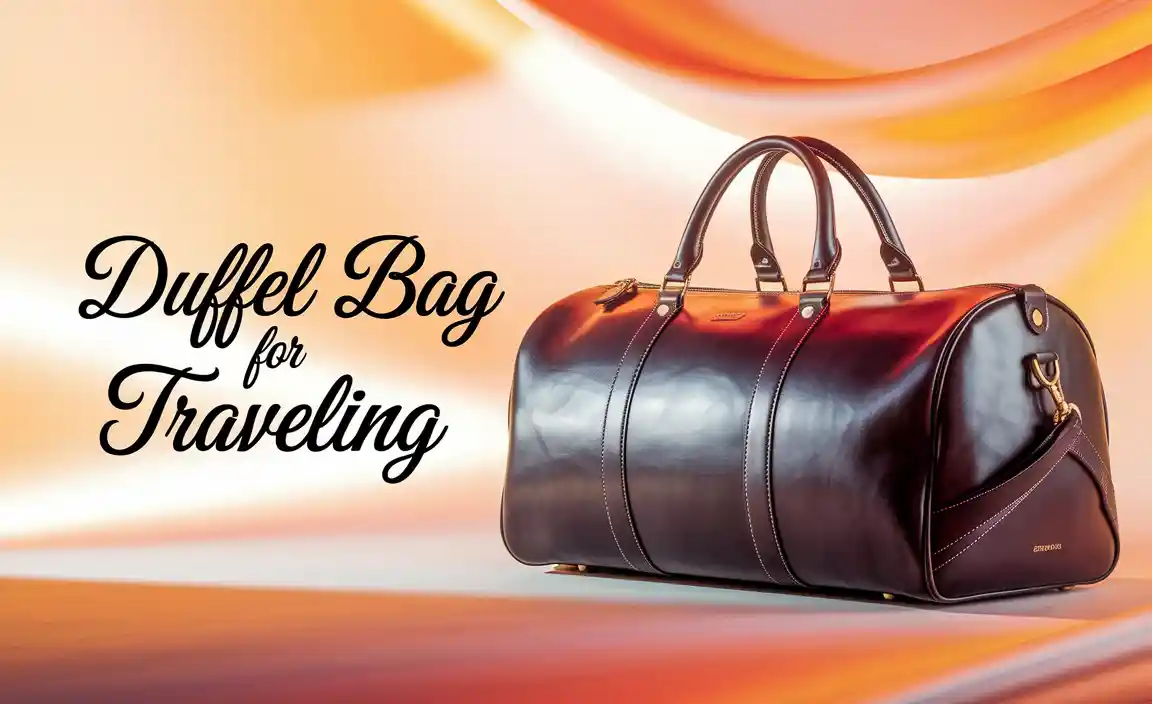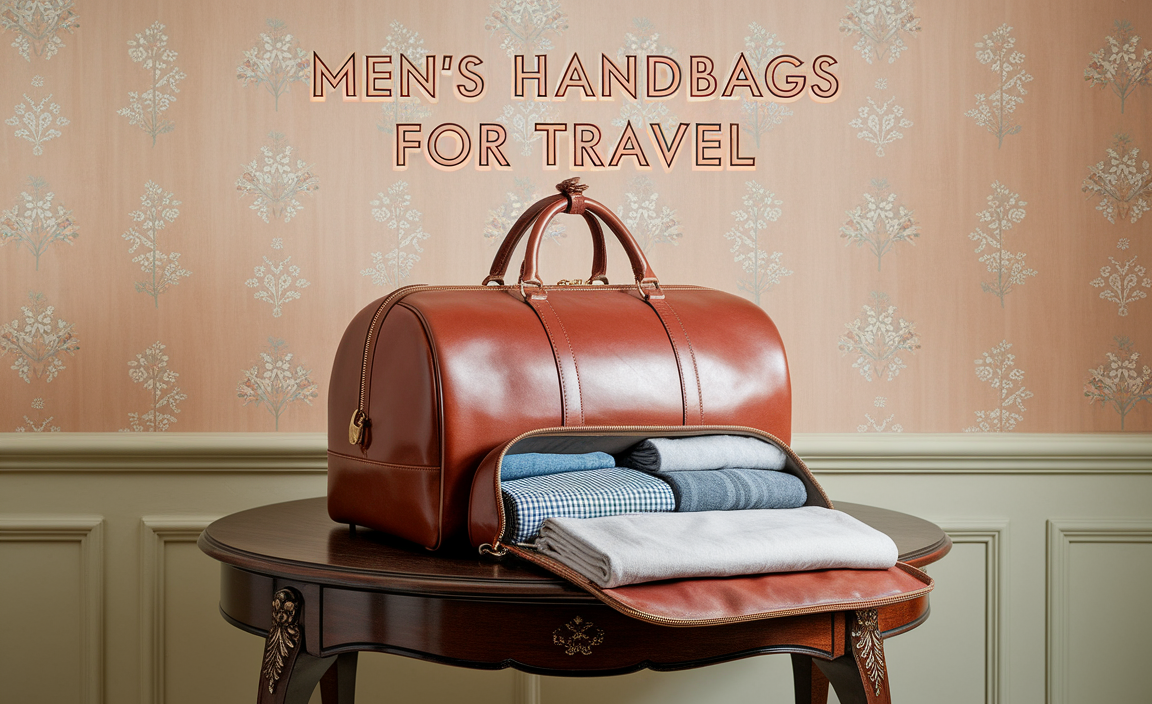Travelling can be challenging, especially when packing and carrying your belongings. For fitness enthusiasts, one of the most frequently asked questions is whether or not they can bring dumbbells and other weights on a plane.
While it seems like a simple query, the answer to this question can be quite complicated. Before packing these items in your luggage, you must know the rules, regulations, and restrictions. To avoid any inconvenience during your travels, it is crucial to understand what is allowed and what is not. We will discuss everything you need to know about can you bring dumbbells & other weights on a plane, from understanding airline policies to tips for packing them securely.

Can You Bring Dumbbells & Other Weights On A Plane – Know The Rules And Regulations
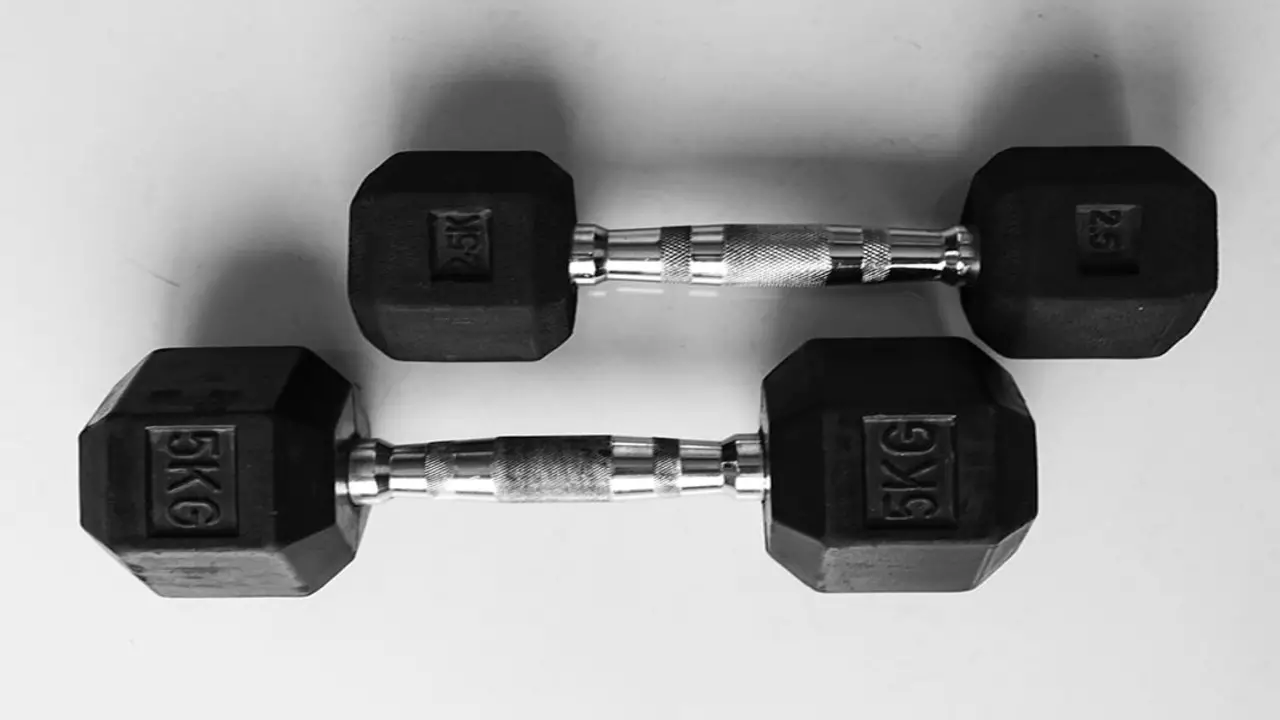
Many airlines do not allow passengers to bring large or heavy items like dumbbells as carry-on luggage due to their potential safety hazards. These items can be seen as potential weapons or could cause damage to the aircraft if not properly secured. However, it is possible to transport dumbbells and other weights in your checked baggage if they meet the airline’s weight and size restrictions.
It is important to note that each airline may have its own set of rules regarding the transportation of sporting equipment, including weights. Some airlines may require you to pack them in a sturdy, lockable container to ensure they do not shift or cause damage to other luggage during the flight. Below we discuss in detail the question “can you bring dumbbells & other weights on a plane.
Rules And Regulations Of Carrying Weights On A Plane
Regarding air travel, strict rules and regulations are in place regarding the carrying of weights on a plane. These rules are in place to ensure the safety and security of all passengers and crew members on board. Airlines have specific guidelines regarding the maximum weight and size of carry-on and checked baggage.
There are weight limits for carry-on baggage as well. Most airlines have a weight limit of around 7-10 kilograms (15-22 pounds) for carry-on bags. This ensures that passengers can easily lift and stow their bags in the overhead compartments without causing any strain or injury.
On the other hand, checked baggage has different weight limits depending on the airline and ticket class. Economy class passengers usually have a weight limit of around 23 kilograms (50 pounds) per bag.
How Can You Bring Dumbbells And Other Weights?
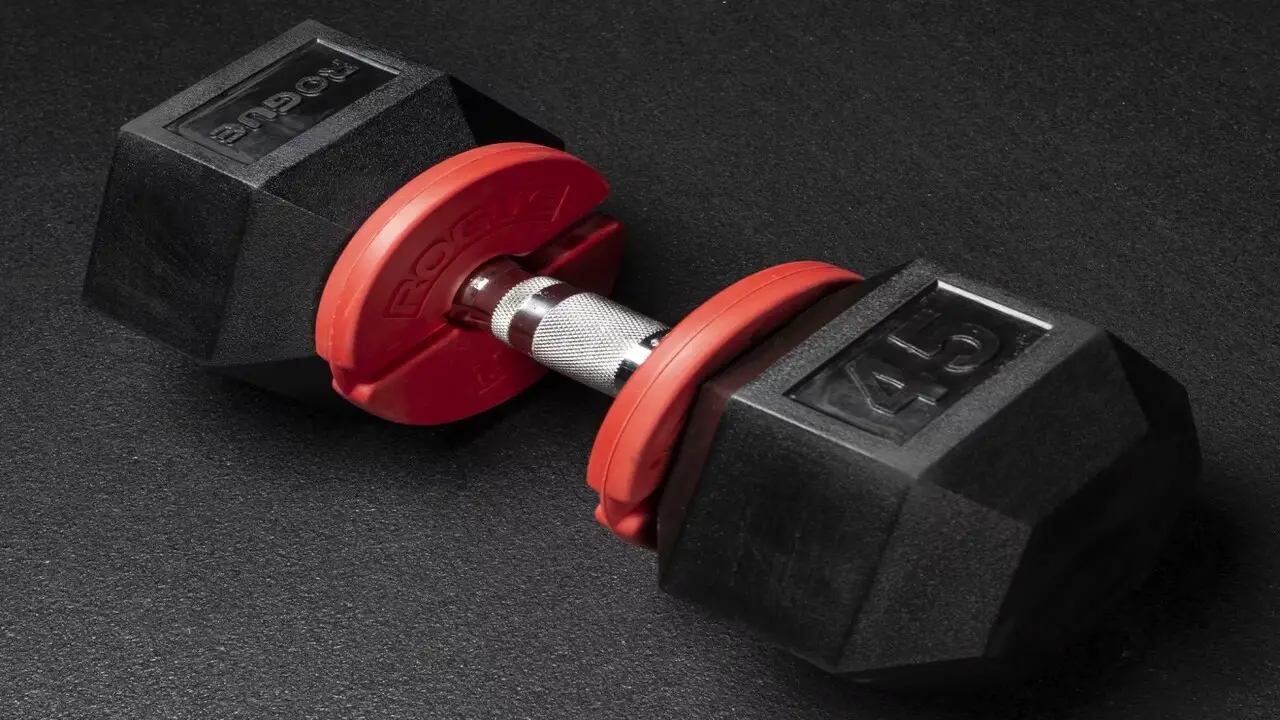
When it comes to fitness, incorporating dumbbells and other weights into your routine can be highly beneficial. However, the question often arises: how can you bring these heavy items with you, especially if you’re traveling or don’t have access to a gym? The good news is that there are several practical solutions to this problem. Here are some options you should follow:
- Use a gym or duffel bag with sturdy handles to carry the weights.
- Ensure you properly secure and close the bags to prevent any weights from falling.
- Use weightlifting gloves to protect your hands while carrying the weights.
- Consider using a weightlifting belt or harness to distribute the weight evenly and reduce strain on your back.
- If traveling by car, place the weights in the trunk or secure them with seat belts to prevent movement during transit.
- When flying, check with the airline regarding their policies on carrying weights. Some airlines may allow them as part of your checked baggage, while others may require them to be packed in a certain way or have weight restrictions.
- If bringing weights to a gym or fitness center, consider using a weightlifting backpack or a specialized weight transport bag for convenience and ease of carrying.
Checking The Airline’s Specific Policies On Carrying Weights

When traveling, it’s essential to check the specific policies of the airline you’re flying with regarding carrying weights on a plane. Airlines may have different rules and restrictions, so it’s crucial to be aware of their guidelines.
Look for information on weight restrictions, size limits, and any additional fees for carrying weights. You can ensure a hassle-free journey by complying with the airline’s policies. If you have any doubts or questions, contacting the airline directly for clarification is always a good idea.
Considering The Weight And Size Limitations Set By The Airline
When deciding to bring weights on a plane, it’s important to consider the weight and size limitations set by the airline. Ensure that your weights comply with the specified weight limit. And pay attention to any size restrictions for carry-on and checked baggage.
Being mindful of the weight and size of your weights will help you avoid exceeding the limits and incurring additional fees. If your weights are too heavy or bulky. Consider packing lighter options or alternative workout gear to stay within the airline’s guidelines.
Tips For Packing Weights Securely And Safely In Your Luggage
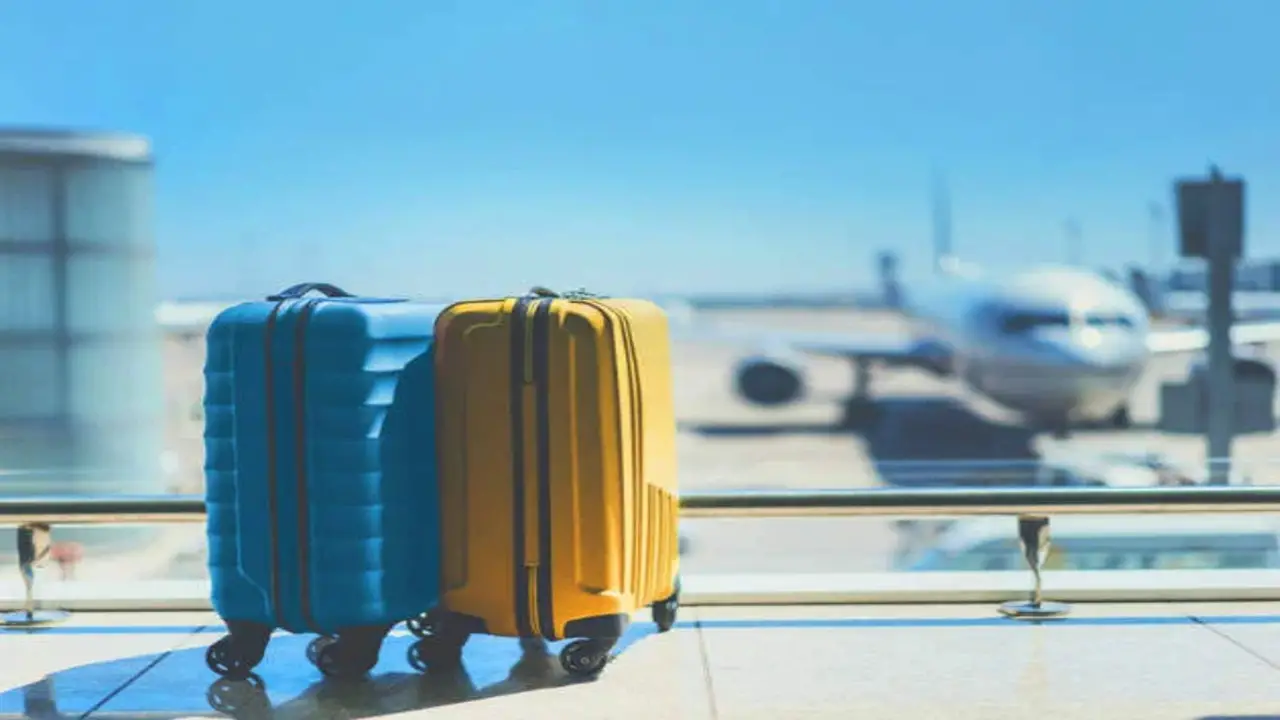
When packing sports equipment such as dumbbells and other weights in your luggage, you should store them securely and safely. Use appropriate containers or bags to prevent any potential damage to your weights. Or other belongings you’re planning to bring dumbbells or other weights on a plane. You should ensure that you pack them securely and safely in your luggage. Here are a few tips to consider:
- Check the airline’s guidelines: Before packing your weights, check the airline’s guidelines regarding the transportation of sports equipment. Some airlines may have specific rules or restrictions in place.
- Use proper packaging: Wrap the weights securely in bubble wrap or foam padding to prevent any damage during transit. Place them in a sturdy box or bag to further protect them.
- Distribute weight evenly: If you bring multiple weights, distribute them evenly between your checked baggage to avoid exceeding weight limits or causing imbalances.
- Securely seal the packaging: Use strong tape or zip ties to seal the packaging and prevent it from opening during handling.
- Label your luggage: Clearly label it as “Fragile” or “Heavy” to alert airport staff to handle it carefully.
- Consider alternatives: If you are concerned about the safety of packing weights in your luggage, you may want to consider purchasing lightweight resistance bands or exploring other workout options available at your destination.
Preparing For Security Screenings And Potential Questions From Airport Staff
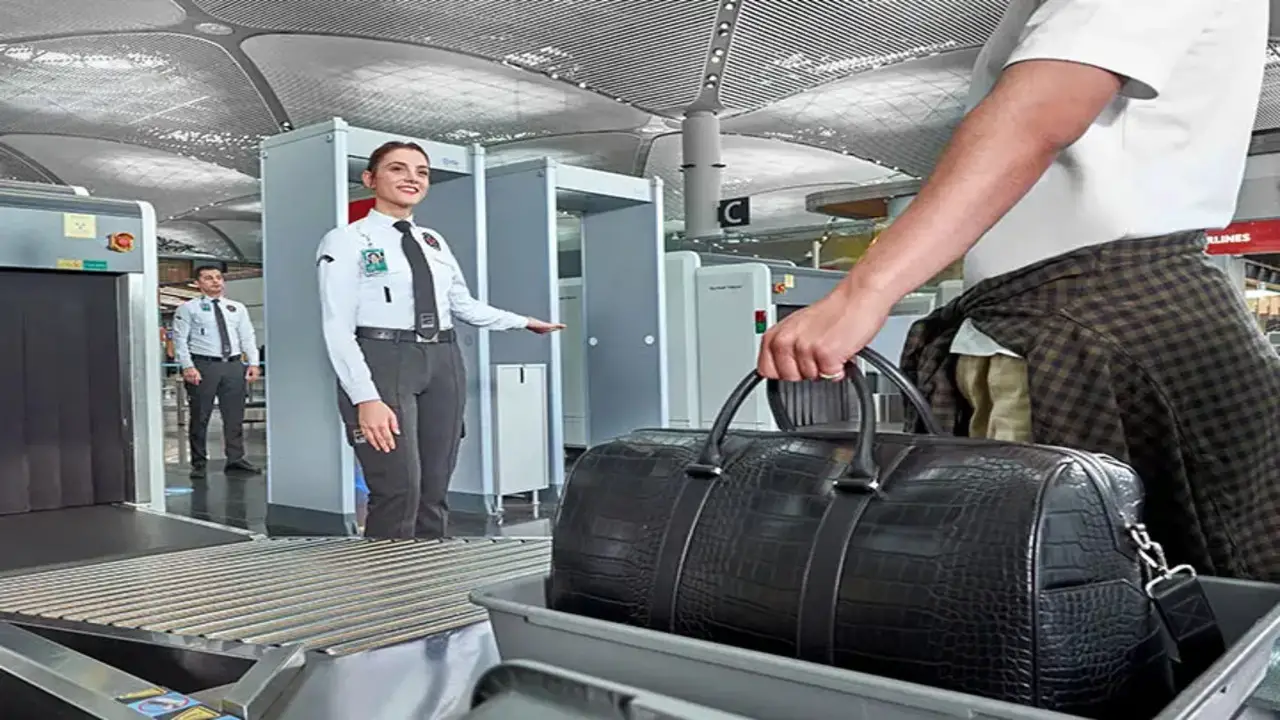
When you travel with sports equipment like dumbbells and other weights, you need to be prepared for security screenings at the airport. Follow the instructions of TSA officers during the security checkpoint process, and be ready to answer any questions or provide additional information about your weights if asked.
Staying calm and cooperative during the screening ensures a smooth process. Familiarize yourself with the potential security concerns related to weights, such as their potential use as a bludgeon or as potential weapons, and be prepared to address any concerns.
Properly Labeling And Identifying Your Weights To Avoid Confusion Or Loss
To ensure your weights don’t cause any confusion or get lost while traveling, it’s important to label and identify them properly. Use waterproof and durable labels to indicate that the contents are sports equipment clearly. If someone misplaces your luggage, include your contact information on the labels.
Make sure you securely attach the labels to your weight containers or suitcase. Additionally, consider using brightly colored labels or tags to identify your weights, among other items, easily. These simple steps can help avoid potential issues when traveling with your workout gear.
Being Mindful Of Other Passengers And Ensuring Your Weights Do Not Cause Inconvenience Or Harm
When traveling with sports equipment like dumbbells and other weights on an airplane, it’s important to be considerate of other passengers. Pack them securely in your checked bag to prevent any shifting or movement during the flight.
When handling your luggage, be cautious to avoid injuries to yourself or others. If possible, inform the airline staff or flight attendants about the presence of weights in your luggage. Following any additional instructions or guidelines the airline provides will ensure a safe and pleasant travel experience without causing any inconvenience or harm to fellow travelers.
Which Country Airports Allow Bring Dumbbells & Other Weights On A Plane

When it comes to traveling with dumbbells and other weights, it’s important to be aware of the specific regulations and restrictions of each country’s airports. While some countries may allow you to bring these items. On a plane as part of your carry-on or checked baggage, others may have stricter rules in place. Here are some airline’s names that allow weight.
- United States: Dumbbells and other weights are generally not consent as carry-on items on planes. However, they may consent in checked baggage as long as they meet the airline’s weight and size restrictions.
- Canada: Typically, airlines do not permit dumbbells and other weights in carry-on luggage. You should check with the airline beforehand, as they may permit it in checked baggage.
- United Kingdom: Generally, airlines do not allow dumbbells and other weights in carry-on luggage. The airline recommends checking with them prior to traveling to see if they permit them in checked baggage.
- Australia: Typically, airlines do not allow dumbbells and other weights in carry-on luggage. The airline advises passengers to check before traveling to see if they may be permitted in checked baggage.
- Germany: You generally cannot carry dumbbells and other weights in your carry-on luggage. You should check with the airline prior to your flight to see if they allow them in checked baggage.
- Japan: Typically, airlines do not allow dumbbells and other weights as carry-on items on planes. They may be permitted in checked baggage, but it is recommended to confirm with the airline before traveling.
- France: Generally, airlines do not allow dumbbells and other weights in carry-on luggage. The airline advises passengers to check with them prior to their flight, as they may permit certain items in checked baggage.
Which Country Airports Don’t Allow Bring Dumbbells & Other Weights On A Plane
When it comes to traveling with dumbbells and other weights, it’s important to check the rules and regulations of the country you are flying from and to.
While many airports allow small dumbbells in carry-on or checked baggage, some countries have restrictions in place. It’s important to note that rules and regulations can vary by airline as well, so it’s best to check with your airline before packing your dumbbells or weights. Here are a few examples:
- United Kingdom: Generally, you can bring dumbbells and weights in checked baggage, but they may undergo additional screening.
- Australia: Both carry-on and checked baggage usually permit dumbbells and weights, but there may be weight restrictions.
- United States: Dumbbells and weights can typically be packed in both carry-on and checked baggage, but it’s always a good idea to check with the specific airline for any restrictions.
Conclusion
Understanding the rules and regulations regarding carrying weights on a plane is essential. Different airlines may have specific policies and restrictions for carry-on and checked baggage. It is advisable to check the weight and size limitations the airline sets and consider alternatives like resistance bands or bodyweight exercises if bringing your weights is not feasible.
When packing weights in your luggage, secure them safely and label them properly to avoid confusion or loss. Additionally, be prepared for security screenings and potential questions from airport staff.
Always be mindful of other passengers and ensure that your weights do not cause inconvenience or harm during the flight. We have provided bulk information on Can you bring dumbbells & other weights on a plane and hope our information was helpful from your perspective.
Frequently Asked Questions
1.Can You Bring Workout Equipment On A Plane?
Ans: While it is possible to bring workout equipment on a plane, the allowance depends on the type and size of the equipment. Generally, you cannot bring dumbbells and weight plates, but you can pack resistance bands, jump ropes, and yoga mats in carry-on or checked luggage. Always check your airline’s baggage policy before bringing any workout gear.
2.Are Dumbbells Allowed On Planes?
Ans: You cannot bring dumbbells and other weights in carry-on luggage, but you can pack them in checked luggage if they meet the airline’s restrictions. Make sure to wrap them securely to prevent damage. Check with the airline for any specific rules or restrictions.
3.What Is The Maximum Weight You Can Bring On A Plane?
Ans: The maximum weight you can bring on a plane varies by airline and ticket type. Typically, the airline allows passengers to carry one carry-on bag and one personal item with weight limits ranging from 7kg to 12kg. Checked baggage allowances also vary from 20kg to 30kg. It’s important to check your airline’s policy to avoid additional fees or restrictions.
4.Are Dumbbells Considered Free Weights?
Ans: Dumbbells are indeed classified as free weights. However, airlines generally do not allow free weights as carry-on luggage for air travel. You can pack them in checked baggage if they comply with the airline’s weight and size restrictions. Always check with your airline before bringing workout equipment on a flight.
5.What Items Are Not Allowed In Aeroplane?
Ans: Airplanes prohibit certain items due to their potential danger. These include explosives, flammable liquids, compressed gases, firearms, sharp objects, and certain chemicals. Additionally, the TSA does not allow liquids and gels in containers larger than 3.4 ounces (100 milliliters) in carry-on luggage.



